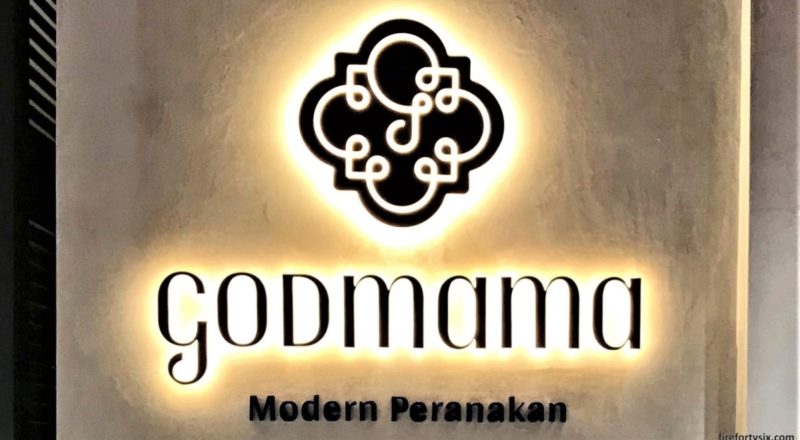When friends from overseas ask for local food that’s special and interesting, our recommendations always include Peranakan cuisine. It’s a Malay-Chinese fusion that’s unique to the region, particularly in Singapore, Malaysia and Indonesia.
The robust and complex flavours, imparted by the generous use of local spices and traditional slow-cooking techniques, have been refined by generations of nyonya and baba cooks.
For those lucky enough to be born in a Peranakan family, the best rendition of this local cuisine is, of course, always found at home and usually made by the grandparents.
Unfortunately, we don’t have Peranakan genes and therefore have to rely on the handful of Peranakan restaurants that are still in operation in Singapore.
These tend to be long-established names that have been around for decades, so it was interesting to find Godmama, a new entrant that bills itself as a “Modern Peranakan” restaurant.
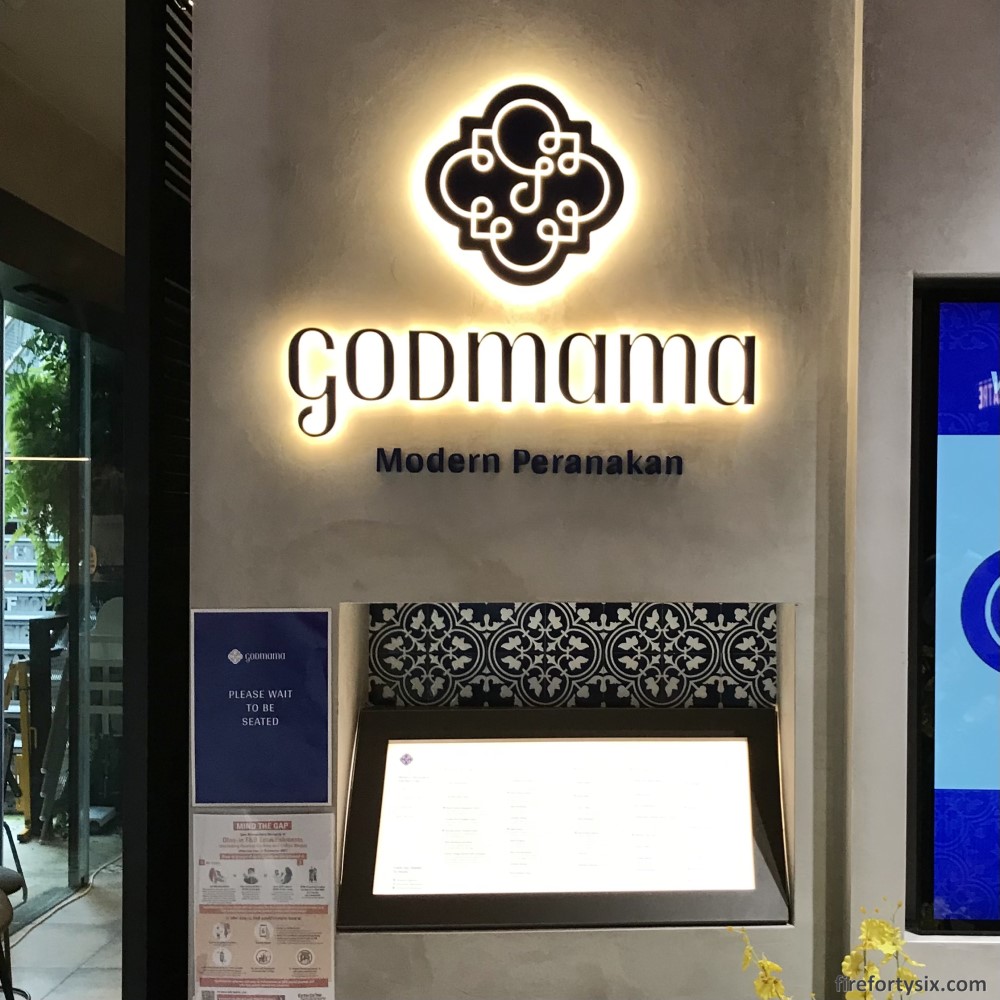

It’s located on the 4th floor of Funan Mall, just outside the entrance to the Wild Rice theatre, and has both indoor and outdoor seating. The décor is, well, modern Peranakan, with a cosy semi-industrial feel but with Peranakan accents.
Unlike some of the old-school Peranakan restaurants that go all out with their furniture and decorations to make sure you know what food they’re serving, Godmama is a lot more understated.
The decorative tiles with characteristic motifs and menu covers with traditional batik designs are the main visual cues that point to their heritage.
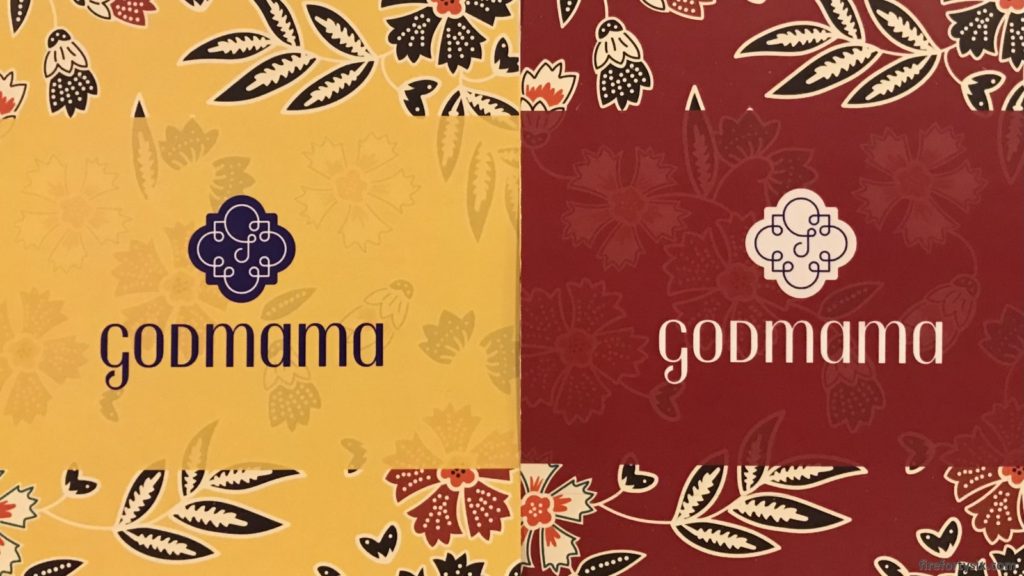
We were there for lunch on a weekday, and there were no less than three different lunch sets to choose from, including the Chope Diners Menu (S$38++ per pax), the Makan Kakis Set Menu (S$80++ for 2 pax) and the Executive Set Lunch (from S$13.90++ per pax, depending on choice of mains and add-ons).
Since it was our first visit to Godmama, we decided to not be so gung-ho and chose the less extensive Executive Set Lunch, plus additional drinks and an appetiser.
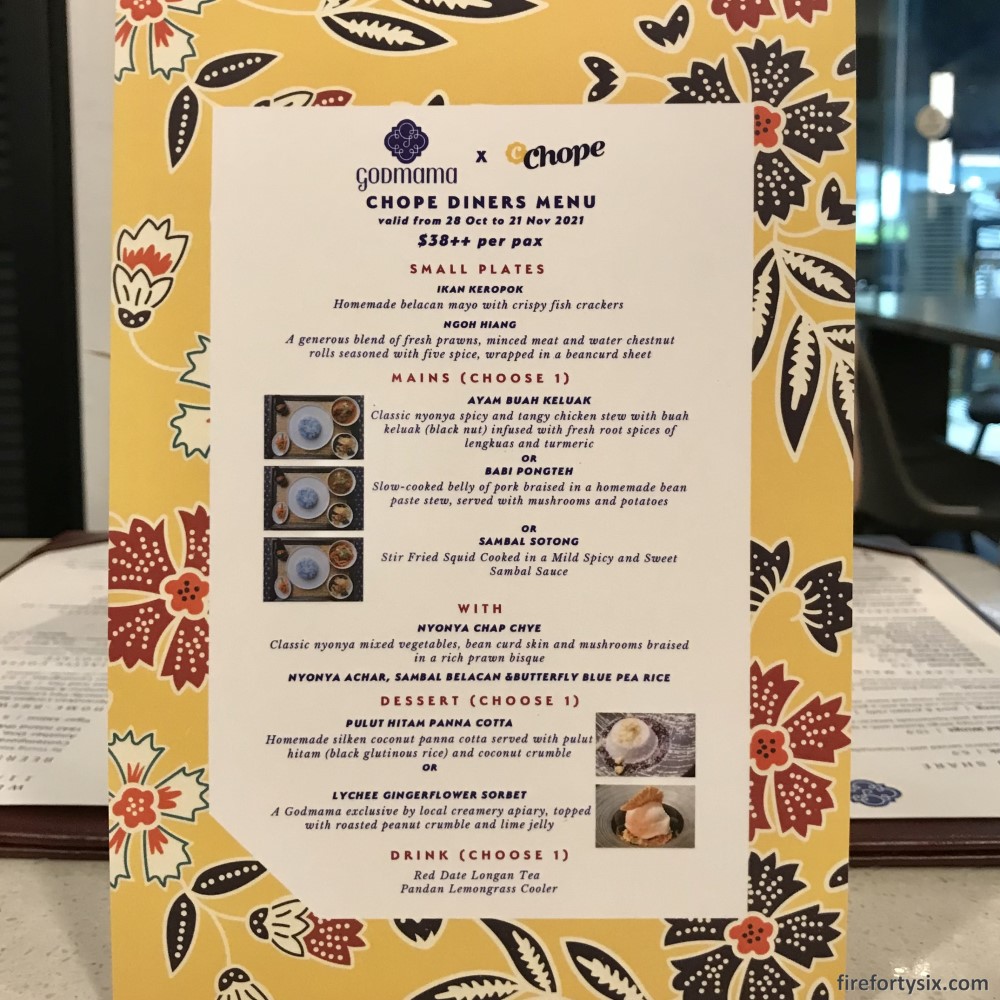
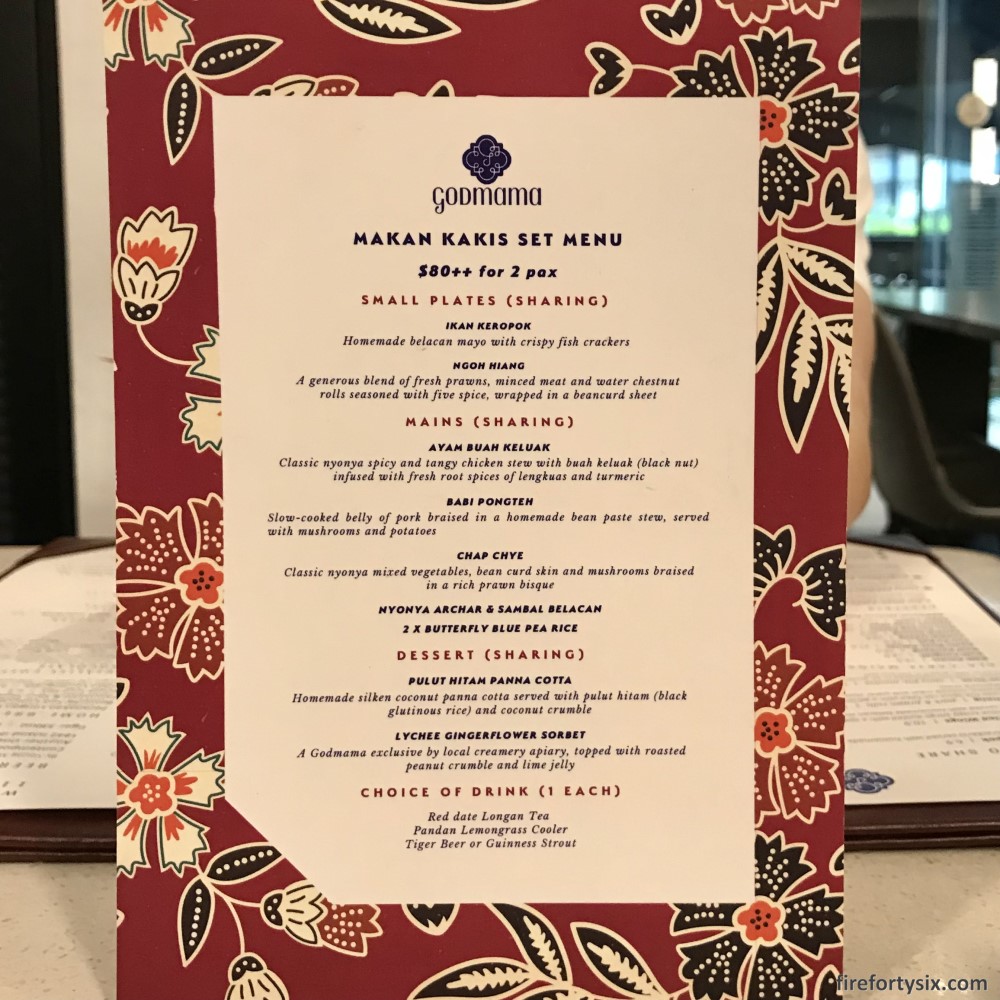

The appetiser we chose was the classic Ngoh Hiang, or deep-fried pork and prawn rolls, that’s typically accompanied by a sweet sauce and fiery sambal belachan. The ngoh hiang arrived quickly and was hot, crispy and flavourful, just as we expected.
However, the chilli that it came with was some sort of vinegared chilli paste and was nowhere near the spice level that I prefer. A quick request to our waiter resulted in sambal belachan topped with half a calamansi, served on a fancy canapé spoon.
It was definitely spicier than the earlier chilli paste, but still lacked that pre-requisite killer instinct. This was a precursor to the theme that would keep repeating itself throughout the entire lunch.
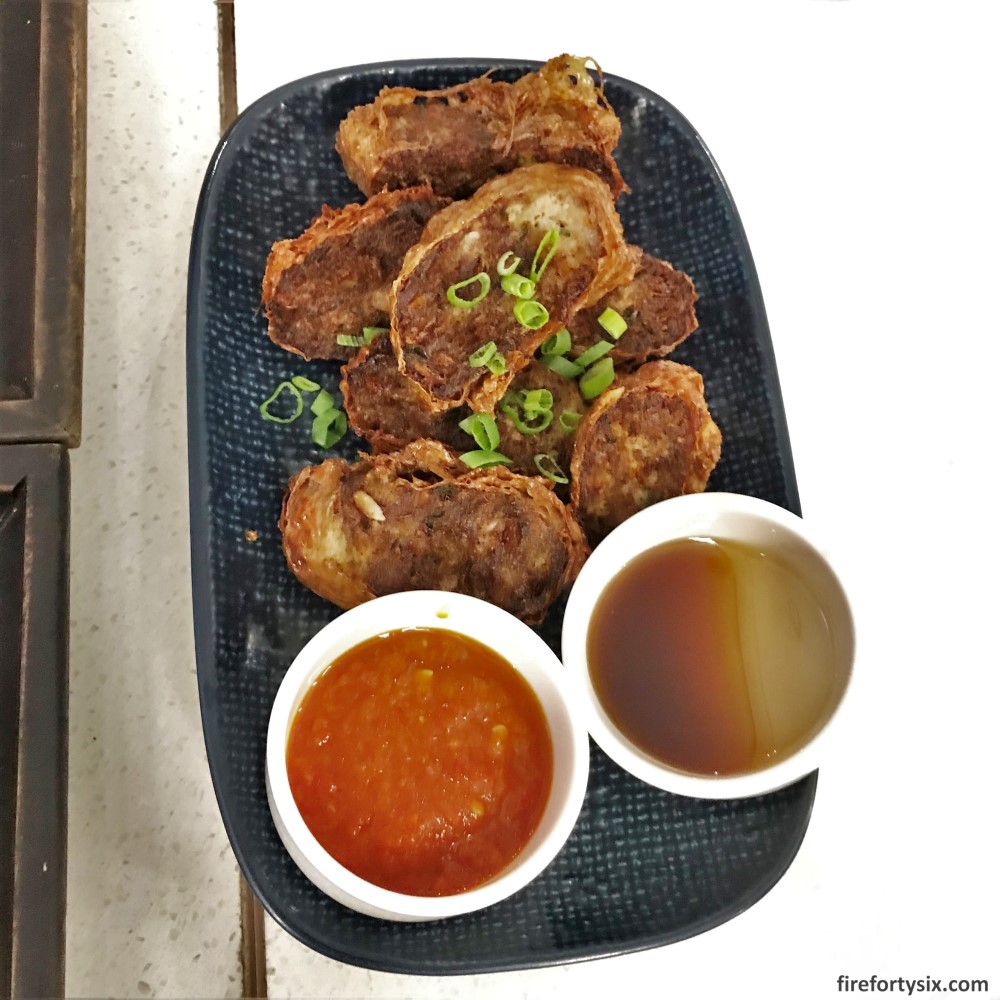
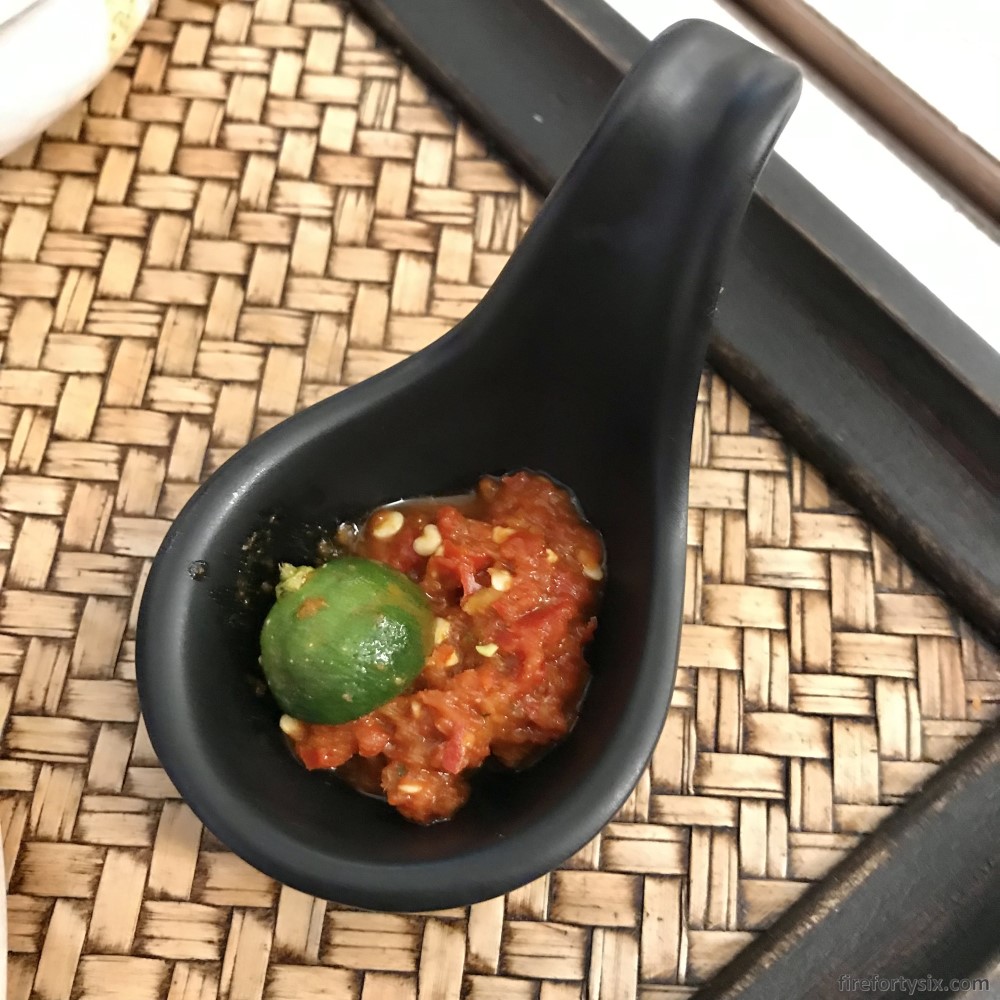
The drinks looked and tasted fancy, with the Pandan Lemongrass Cooler topped with a slice of candied lemon, and the Lychee Iced Tea served with an entire lychee on a stick.
Between the two, the pandan lemongrass drink was more interesting, though we would probably have preferred a hot version more, with stronger flavours extracted through hot brewing. But as cold drinks go, both were quite nice and refreshing.
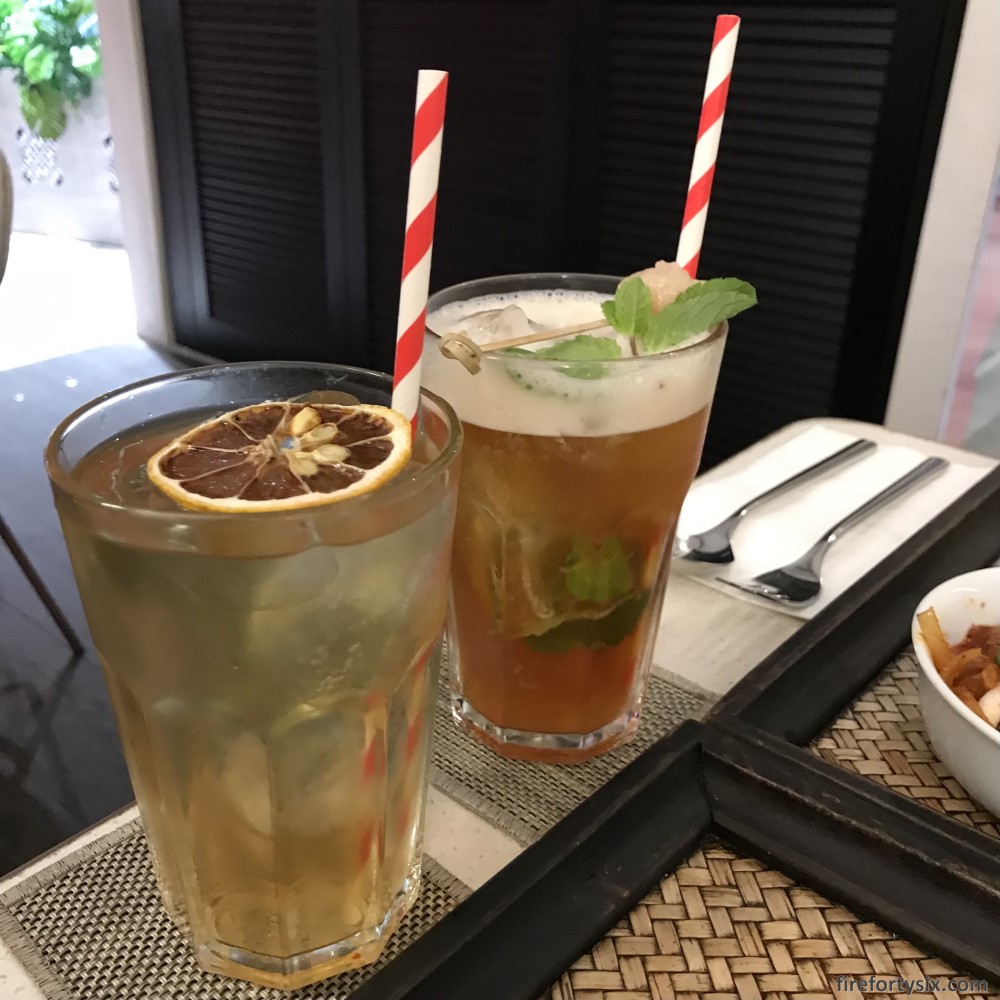
I chose the Sambal Sotong as my main dish for the lunch set and The Wife went with the Ayam Buah Keluak. The mains were served with butterfly pea jasmine rice, achar and a bowl of chap chye, all laid out on a pretty lattice-woven serving tray.
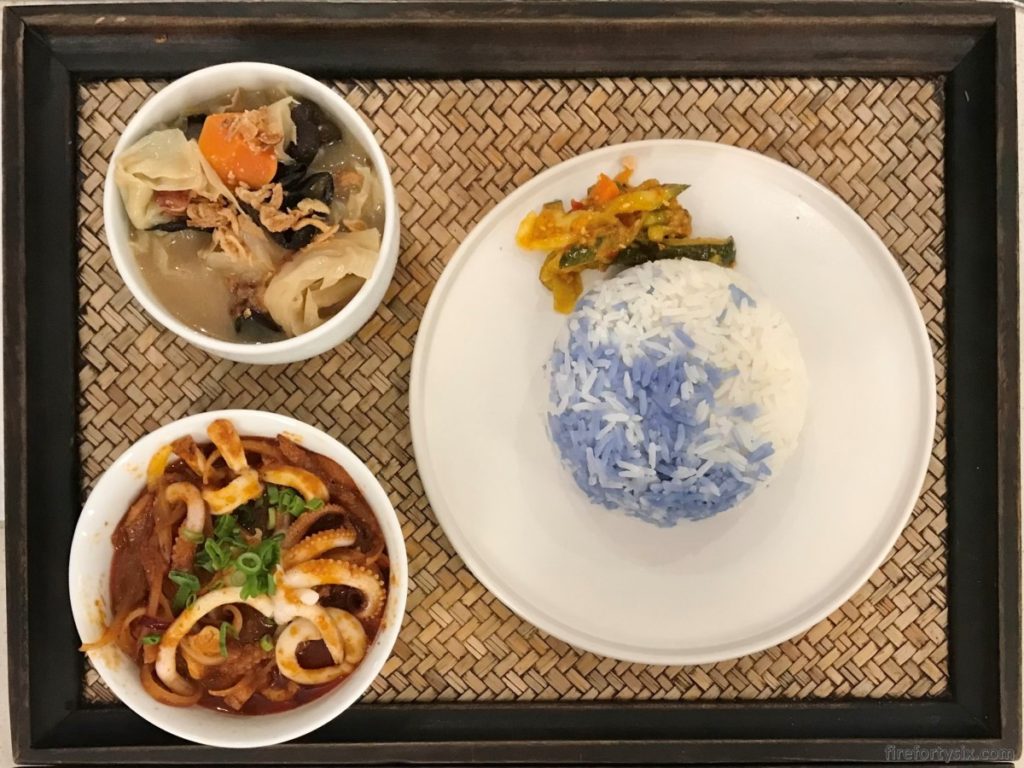
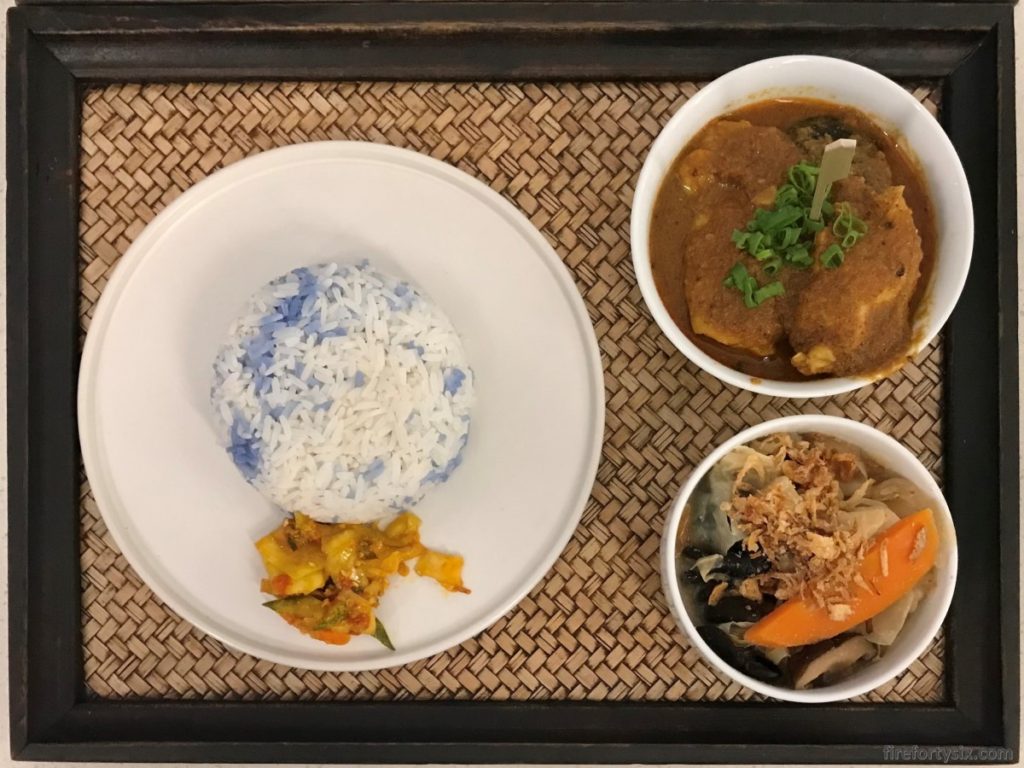
It would have been prettier if more of the Butterfly Pea Jasmine Rice was dyed with more butterfly pea juice, but I suppose there was enough colour to let diners know what went into it.
The Chap Chye tasted quite light and had just enough of the tau cheo (fermented soy bean) taste to qualify as the nyonya version, but it was too light for my taste. The upside of this was that we could drink the liquid in the bowl like a vegetable broth.
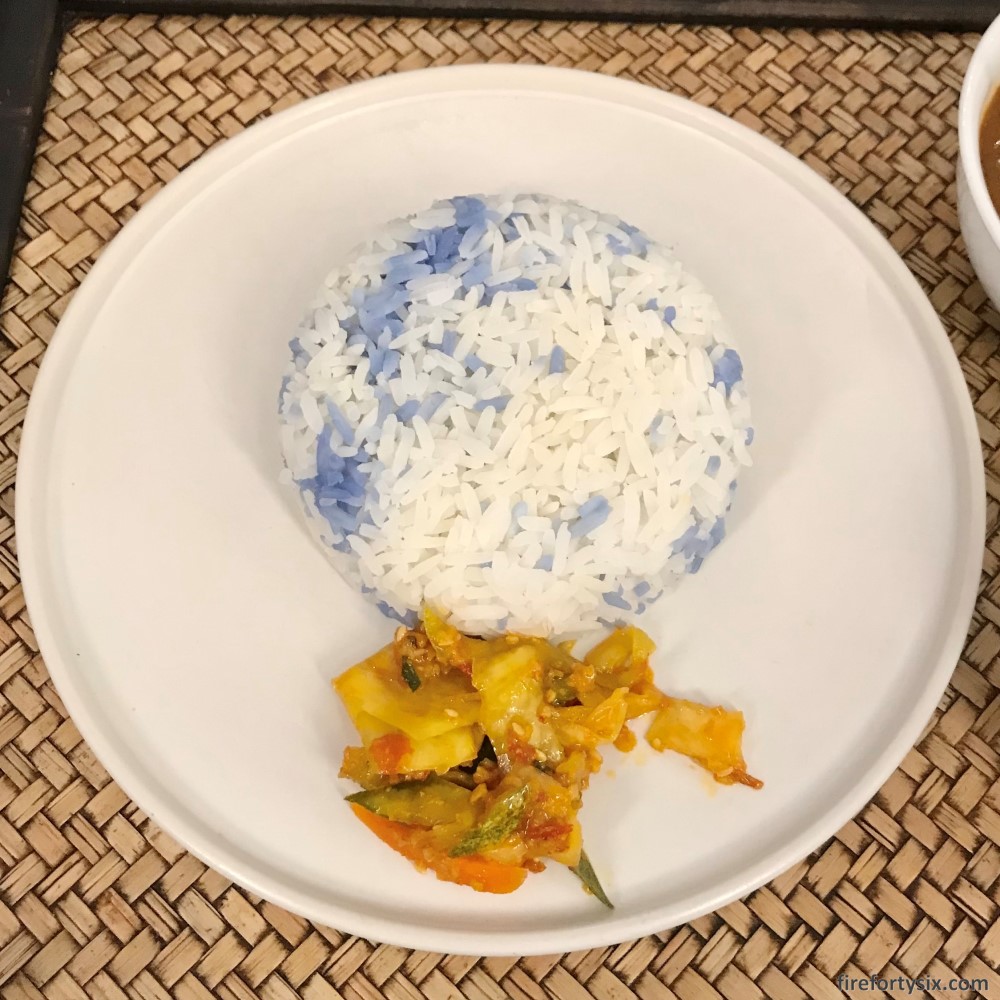
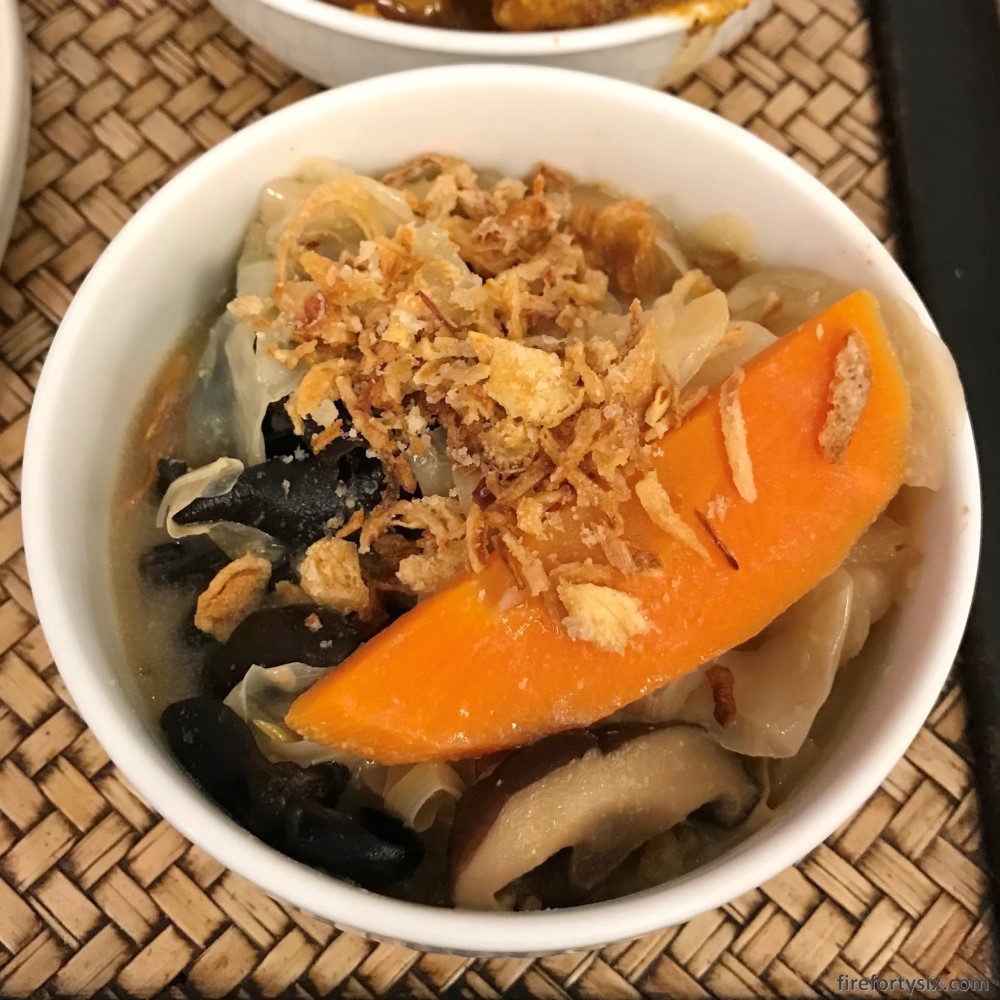
The muted flavours continued with both of our mains, with the Ayam Buah Keluak not fully exhibiting the rich, earthy and bitter undernote from the buah keluak. It still came with the entire stuffing-filled seed, but the dish just seemed to miss something.
Likewise for the Sambal Sotong, which tasted tamer and milder than it should have been. Adding in generous amounts of the earlier sambal belachan helped improve the flavour somewhat, but again, it was somehow lacking… something.
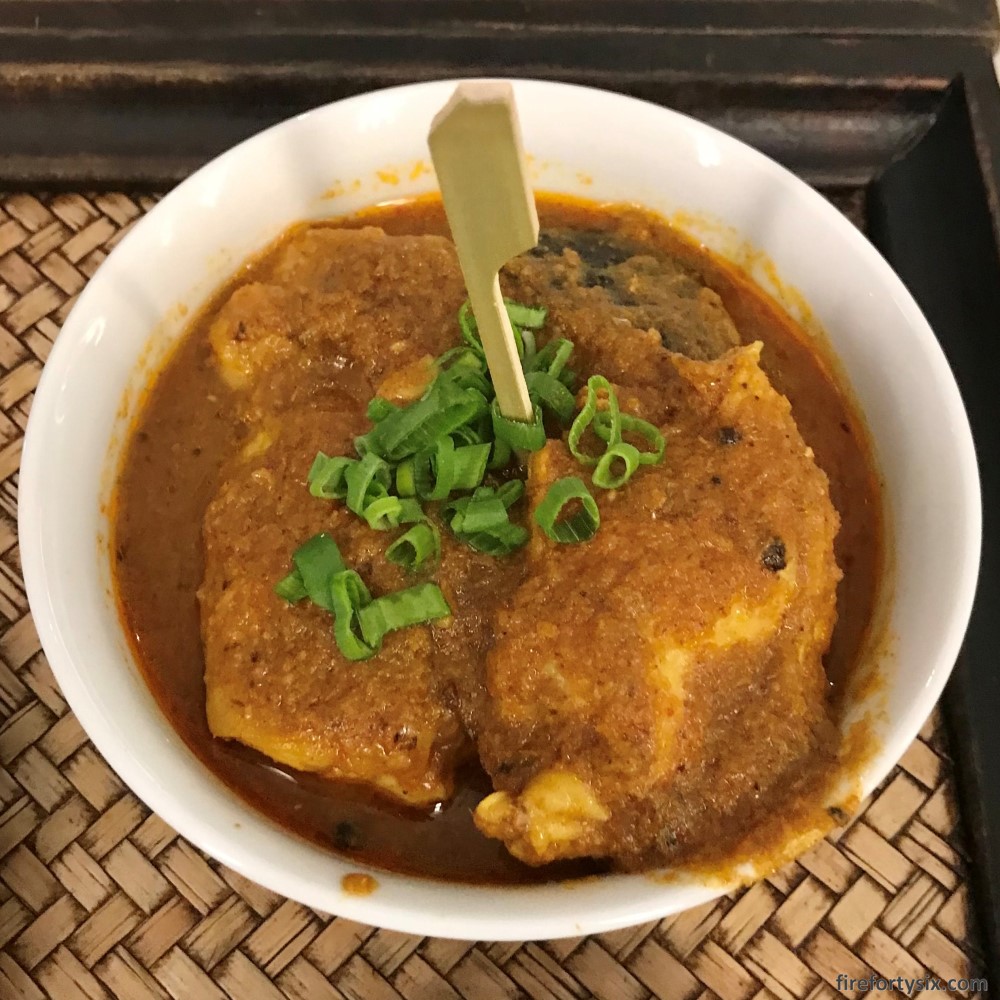

We asked our waiter about the lack of robustness in all the dishes we had, and it turns out that it was a deliberate decision. They started out with the traditional recipes, but received consistent customer feedback that the flavours were too strong.
So, a few months after opening, they toned down the flavours and started getting good reviews from their regulars. It turns out that Godmama is frequented by many people using the WeWork co-working space just down the corridor, and most of them were young professionals.
Mystery solved.
In addition to our dine-in lunch, we had also pre-ordered frozen pouches of their Bakwan Kepiting and Beef Rendang to bring home. We reheated them on the stove the next day and had them for lunch.
Given the decent price point, the portions were quite generous and since we already knew about their flavour adjustments, the mildness was no longer a surprise.
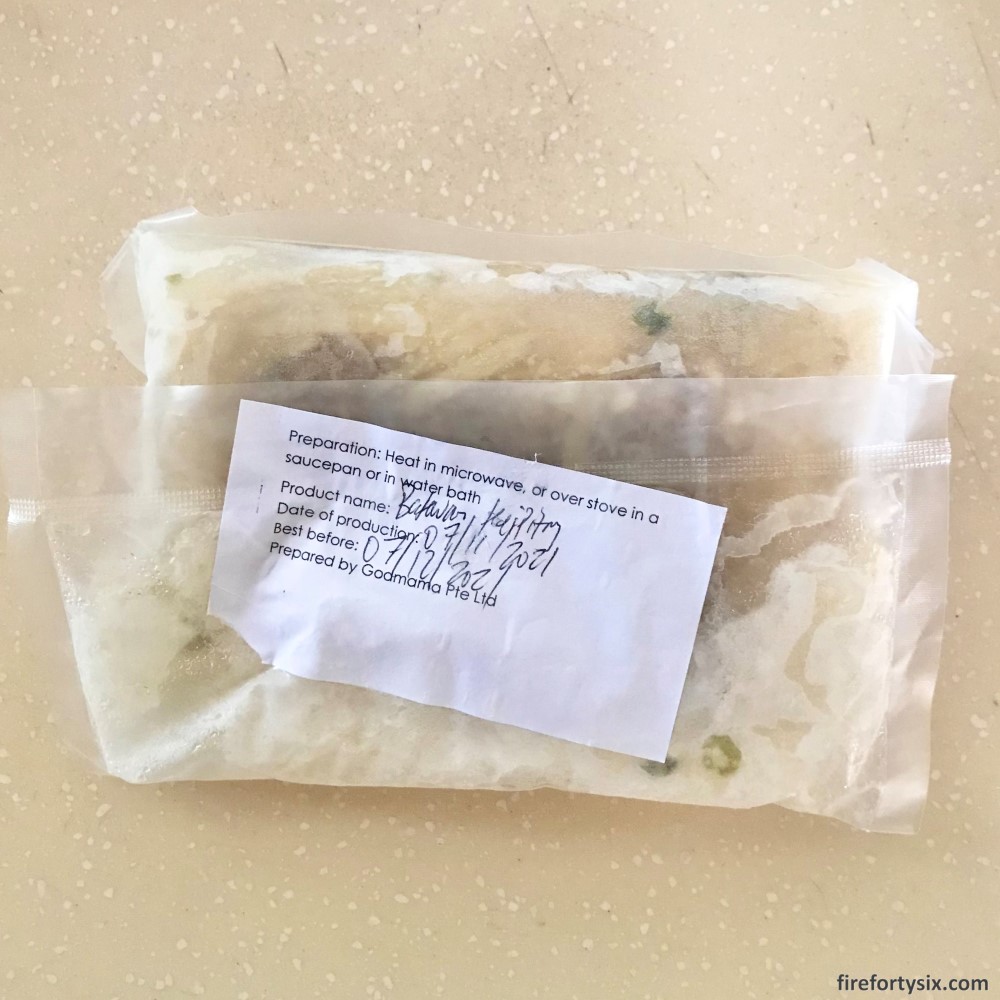

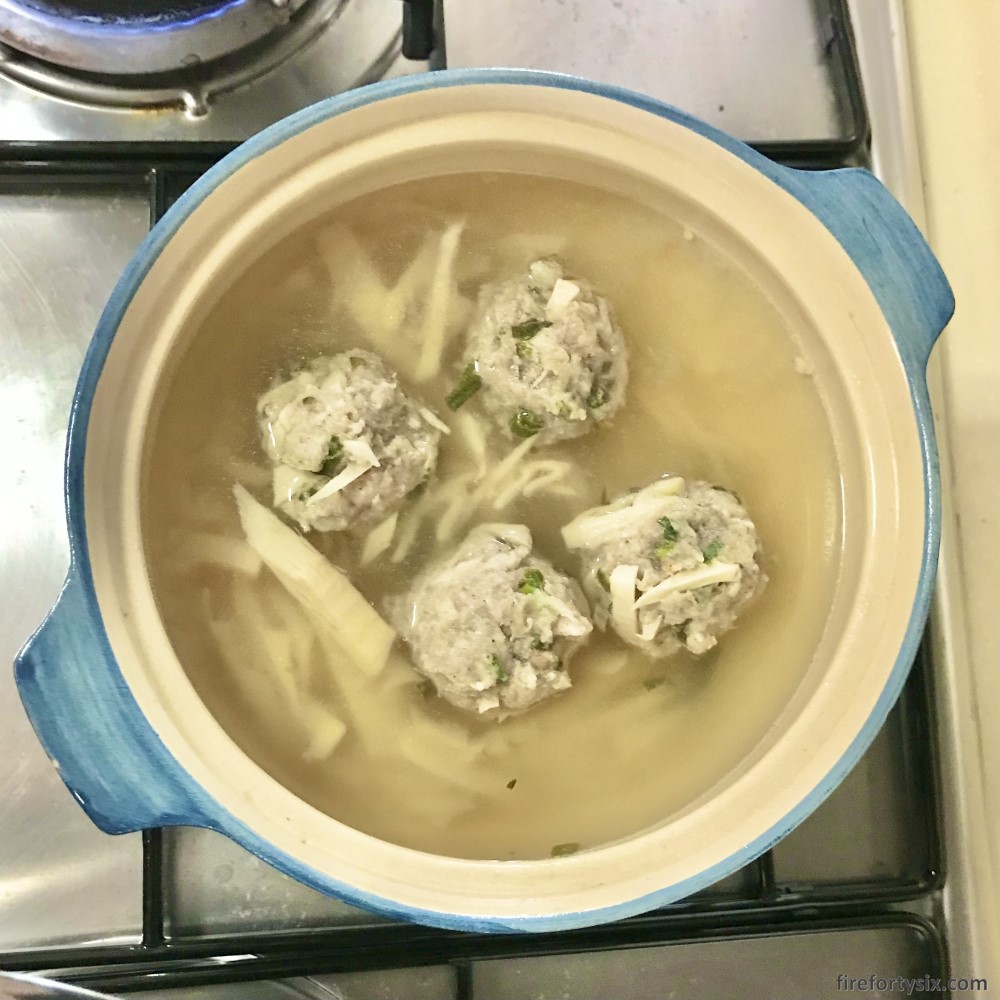
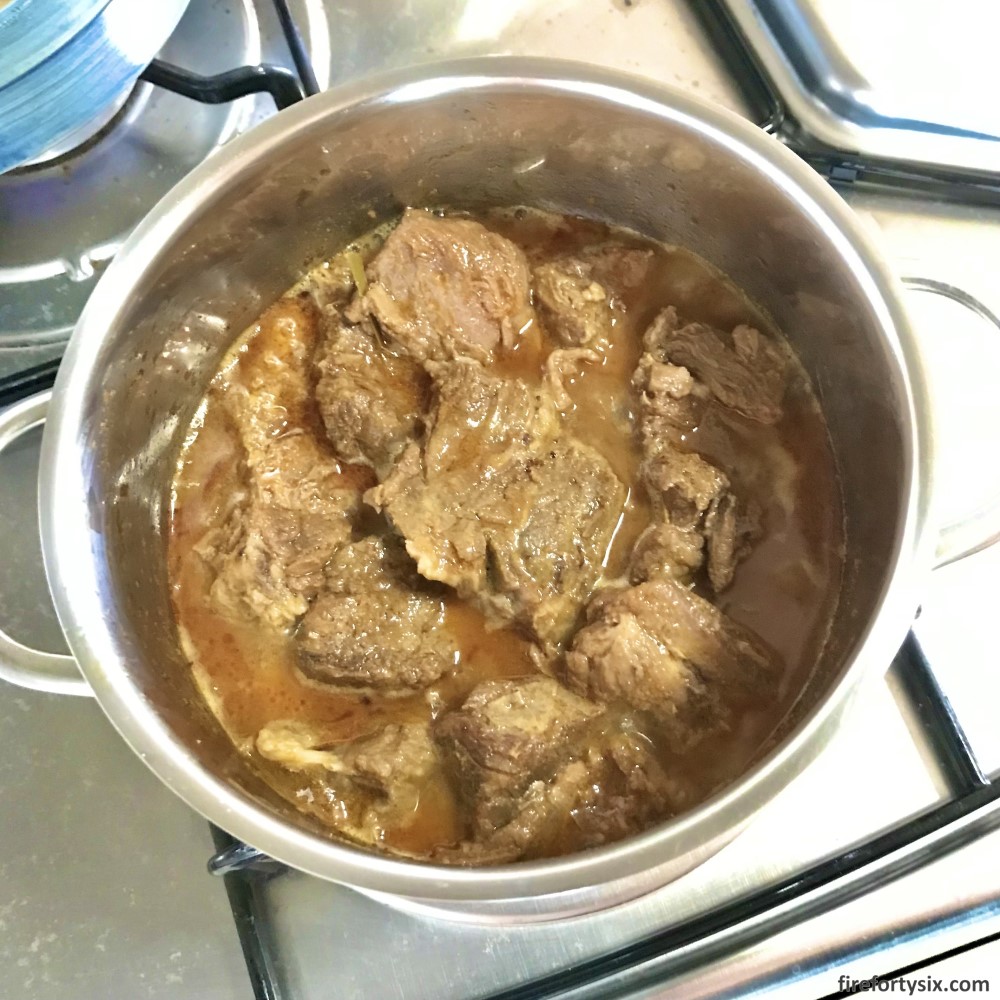
Our experience with Godmama is another concrete example of how taste is, as always, subjective. We definitely prefer our Peranakan food on the more exciting side, especially when it comes to spice.
But if you’ve never had Peranakan food before, the dishes at Godmama offer a gentle introduction to a whole new world of flavours that might just get you addicted.
